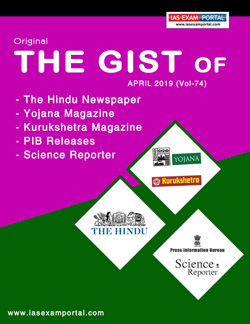
(News) Failed in UPSC CSE interview? : You may still get an opportunity to qualify for top government jobs
Here is a good news for the UPSC aspirants who qualify for UPSC Personality Test (Interviews). If you are not get into the final list, you may still get a top govt. job.
Qualified for UPSC IAS Interviews (Personality Test) stage?
If you are one among top 2000 brilliant candidates in India, who are called for UPSC IAS Interviews. Here is an opportunity to chase your dream to get selected either government sector or PSUs for senior level positions.
Highlights of the proposal by Arvind Saxena, UPSC Chairman:
In 21st National Conference of the Chairmen of State Public Service Commission organised in Odisha, Arvind Saxena said:
“We have proposed to the central government and the ministries to recruit people from the list of candidates who make it to the interview stage in civil services and other exams, but fail to get picked up”.
He also said,
“Nearly 1.1 million candidates apply for the Civil Services Examination each year. Half of them appear for the preliminary examination. The number of candidates decreases through the examination stages and in the end, only about 600 candidates are selected”.
He also noted that, Government can consider recruiting from the million candidates who went through the various tough screening process but not recommended for CSE after the last state. This will help to reduce exam stress for aspirants.
They are not only get an opportunity for selecting government or PSUs but also they could get top private sector job also.
A 3 year old proposal:
A senior official of the Department of Personnel and Training (DoPT), the nodal ministry for the UPSC, said the commission’s suggestion was a “welcome recommendation”.
“Some recruitment agencies like the SSC (Staff Selection Commission) and the Railway Recruitment Board (RRB) already have this provision,” the official added
However, the proposal is not new, the official said. “The recommendation was made to us by the UPSC in 2016, and cleared by the Cabinet the same year…
But, the UPSC is figuring out the modalities,” the official added.
“The idea is that the candidates can be considered by a number of government employers since they already have their UPSC marks and ranking,” the official said.
A way to utilize the bright minds for serving nations:
The total vacancies for all civil services like IAS, IPS, IFS etc. in total only less than 1000 every year,(including 50% reservation seats).
This means over 1 million candidates only 1000 are chosen for final list. Aren’t next topped 500-1000 are capable enough?
Conclusion:
There is no doubt that the topped 2,000 candidates are almost equally good.It gives an opportunity for those students who have no option left, until next year CSE preliminary exam started if any attempts are available for him.
From private company angle, it saves a lot of time to find best talent in the country.
From candidates angle it’s a payback for their merit and hardwork which was unrecognized in the past.
Good Luck.





 Medium: English
Medium: English
 Medium: English
Medium: English


 Medium: English
Medium: English Medium: English
Medium: English Medium: English
Medium: English


 Medium: English
Medium: English
 Medium: English
Medium: English Medium: English
Medium: English